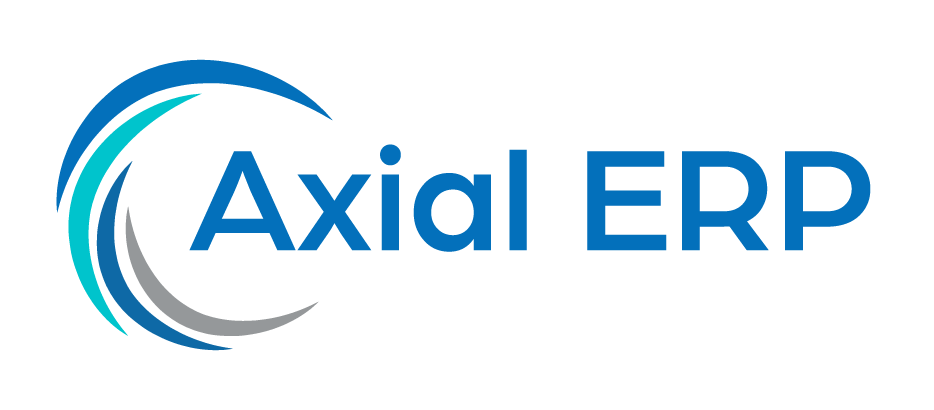Educational Management Optimization: The Role of ERPs in Educational Institutions
Currently, educational institutions face the constant challenge of improving their efficiency and providing seamless experiences to students, teachers, and administrative staff. Technology plays a crucial role in this transformation process, and Enterprise Resource Planning (ERP) systems have become essential tools to achieve it.
What is an ERP and How Does it Work in the Educational Context?
An ERP is a set of integrated applications that allow for the centralized management of an organization’s business processes. In the educational field, these systems facilitate the coordination and automation of tasks related to student administration, finance, human resources, and more.
Benefits of Implementing an ERP in Educational Institutions
Implementing an ERP in the educational environment offers multiple advantages:
- Data Centralization: ERPs allow for the unification of information on a single platform, facilitating access and data management.
- Process Automation: Automation reduces manual workload and improves the accuracy of operations.
- Improved Decision Making: With up-to-date and accurate information, decision-making becomes more informed and agile.
- Efficient Communication: Integration of communication tools improves interaction among the different actors in the educational ecosystem.
- Resource Management: Efficient planning of available resources, including classrooms, equipment, and personnel.
Challenges in Implementing ERP in the Education Sector
Despite its benefits, adopting an ERP can present challenges such as resistance to change, the need for training, and implementation costs. It is crucial to address these challenges with a clear strategy and the support of institutional leadership.
Keys to a Successful ERP Implementation
To ensure success in ERP implementation, it is important to follow a series of steps:
- Needs Analysis: Understand the specific requirements of the educational institution.
- Choosing the Right Software: Select an ERP that fits the institution’s needs and budget.
- Planning and Project Management: Establish a clear schedule and assign responsibilities.
- Training and Support: Invest in staff training and ensure efficient technical support.
- Evaluation and Continuous Improvement: Monitor system performance and make adjustments as necessary.
Success Stories: ERP in Action in Educational Institutions
Throughout the world, various educational institutions have reported significant improvements after implementing an ERP. These improvements are reflected in the optimization of administrative processes, better financial management, and increased user satisfaction with the system.
The Future of ERPs in Education
The trend towards digitization in the education sector is undeniable, and ERPs will continue to evolve to offer more personalized solutions adapted to the changing needs of educational institutions.
In summary, ERPs in the educational field are powerful tools that, when implemented correctly, can transform the management and administration experience, leading educational institutions towards a more efficient and connected future.



